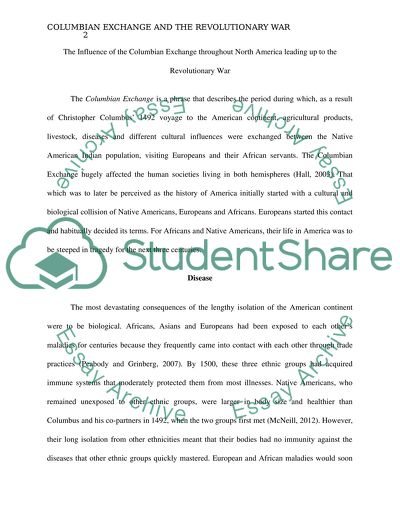Cite this document
(“The Influence of the Columian Exchange throughout North America Research Paper”, n.d.)
The Influence of the Columian Exchange throughout North America Research Paper. Retrieved from https://studentshare.org/history/1468825-the-influence-of-the-columian-exchange-throughout
The Influence of the Columian Exchange throughout North America Research Paper. Retrieved from https://studentshare.org/history/1468825-the-influence-of-the-columian-exchange-throughout
(The Influence of the Columian Exchange Throughout North America Research Paper)
The Influence of the Columian Exchange Throughout North America Research Paper. https://studentshare.org/history/1468825-the-influence-of-the-columian-exchange-throughout.
The Influence of the Columian Exchange Throughout North America Research Paper. https://studentshare.org/history/1468825-the-influence-of-the-columian-exchange-throughout.
“The Influence of the Columian Exchange Throughout North America Research Paper”, n.d. https://studentshare.org/history/1468825-the-influence-of-the-columian-exchange-throughout.


